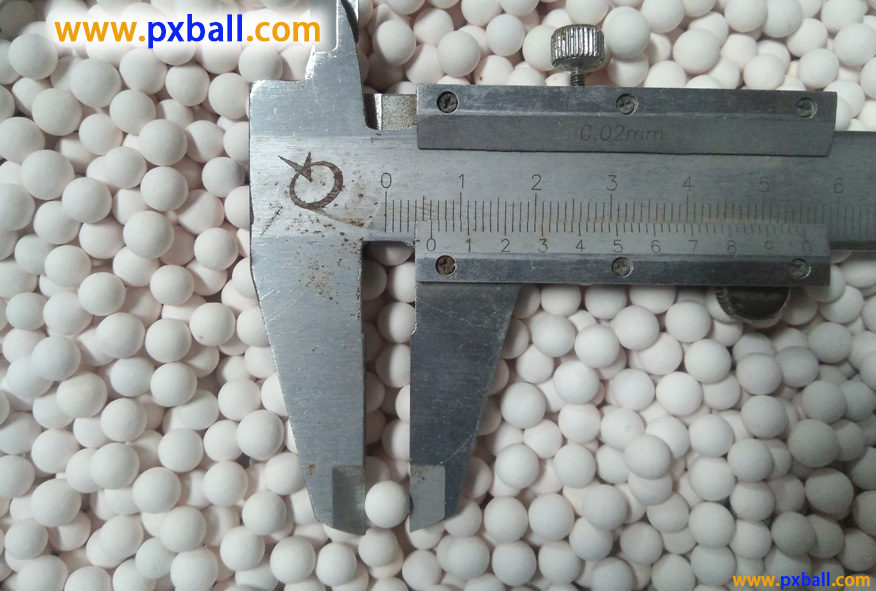
What are the quality inspections for inert ceramic balls?
Quality testing standards for inert ceramic balls
The quality inspection standards for inert ceramic balls include multiple aspects. Appearance quality, dimensional deviation, Al2O3 content, water absorption and compressive strength, as well as temperature resistance.
Alumina content: Alumina balls are made of different materials according to their content, such as feldspar mullite, mullite, mullite corundum, and corundum.
Inert ceramic balls should be accepted in batches, with 50 tons of products of the same specification made under the same raw materials, processes, and equipment as one batch. If the quantity is less than 50 tons, it should also be counted as one batch.
Compressive strength testing: Compressive strength testing is conducted on a testing machine, with an average compressive strength of [specific value] MPa, which is much higher than the minimum value specified in the standard. The value of the inert ceramic ball is compared with the industry standard to determine whether it is qualified.
Bulk density: measured using [specific measurement method], the bulk density is [specific value] kg/m ³, which meets the product design requirements.
Appearance quality inspection:
Color: The porcelain ball has a uniform color, pure white, without obvious color difference or spots.
Surface flatness: The surface is smooth and flat, without cracks, bubbles, unevenness or other defects.
Impurities: Upon inspection, no obvious impurities were found.
Temperature resistance to sudden changes: The ceramic ball was subjected to [specific number of] rapid cooling and heating cycles between [high temperature value] and [low temperature value], and no cracks or breakage were found. The temperature resistance to sudden changes is excellent.
Classification of Aluminum Oxide Content in Inert Ceramic Balls
Inert alumina ceramic balls can be divided into ordinary ceramic balls, medium alumina ceramic balls, high alumina ceramic balls, and corundum ceramic balls according to their alumina content. The higher the alumina content, the better its alkali resistance and compressive strength.
Technical requirements for inert ceramic balls in hydrogen peroxide projects
In the hydrogen peroxide project, there are strict technical requirements for inert ceramic balls. For example, the main performance parameters of the inert ceramic balls used in the hydrogen peroxide device provided by Party B include the main crystal phase, appearance, AL2O3 content, bulk density, wear, water absorption, acid resistance, alkali resistance, temperature shock resistance, Fe2O3 content, compressive strength, etc., all of which have clear indicators.
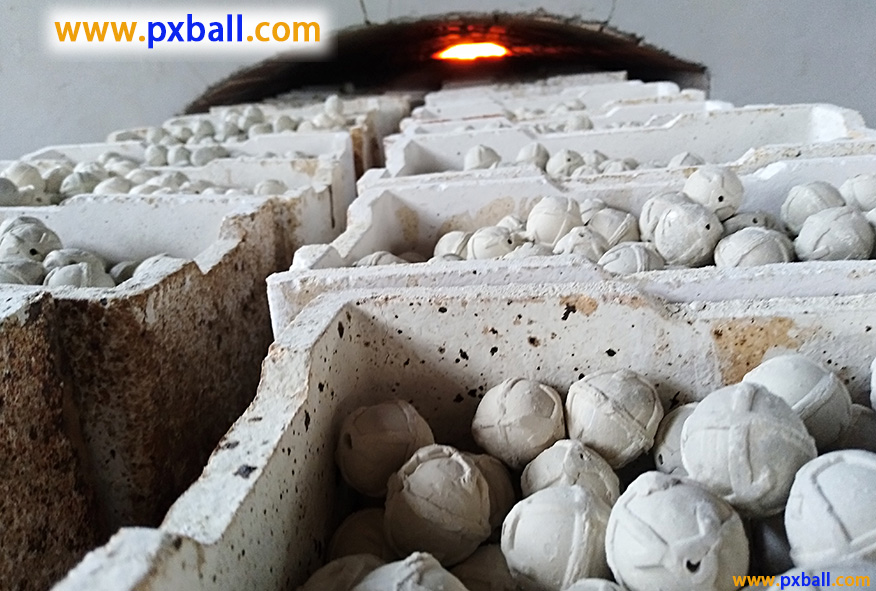
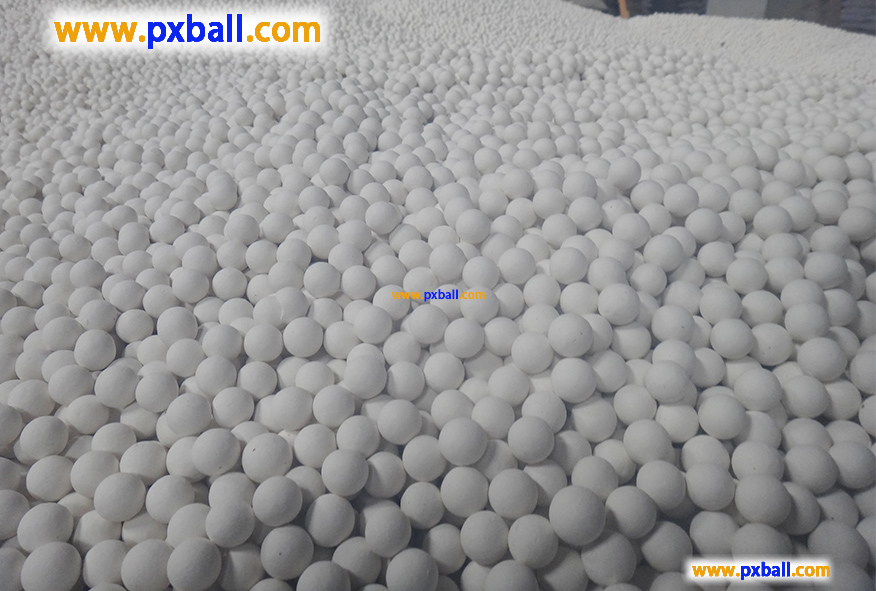
Catalyst Inert Ceramic Packing Process
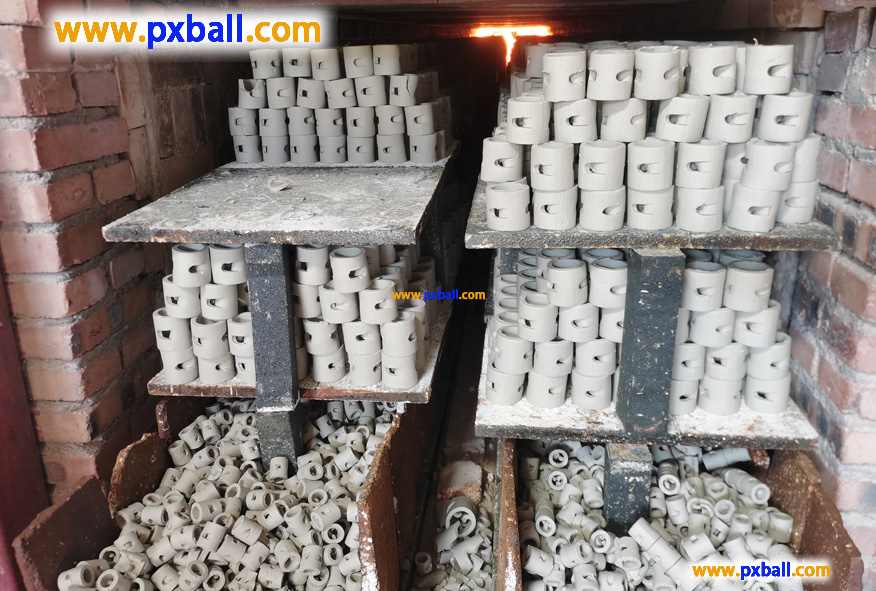
Is ceramic an inert waste?
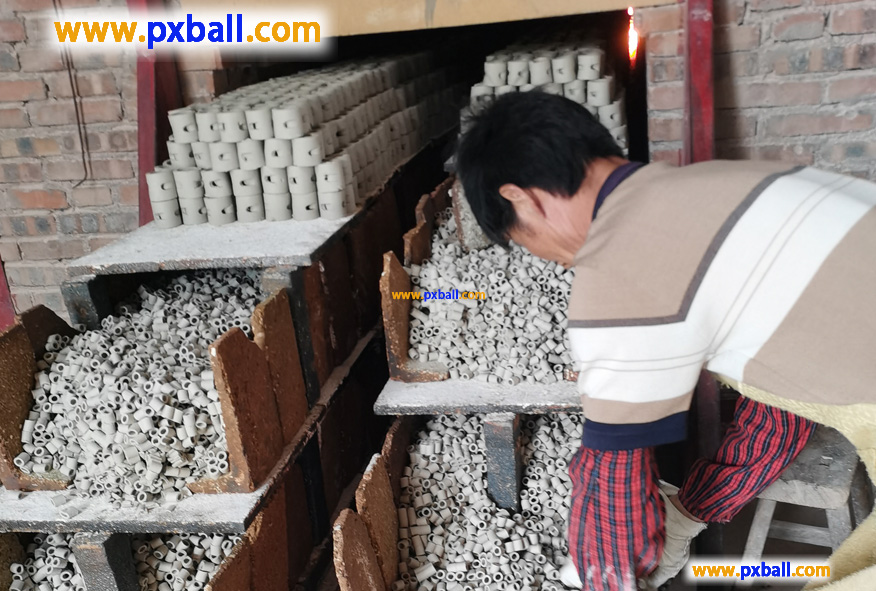
Are ceramics chemically inert?
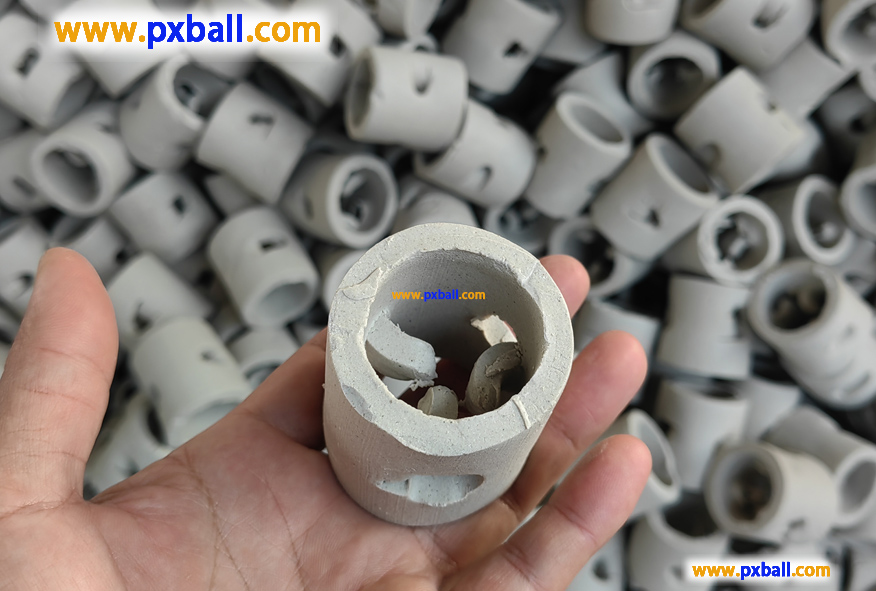
What is inert ceramics?
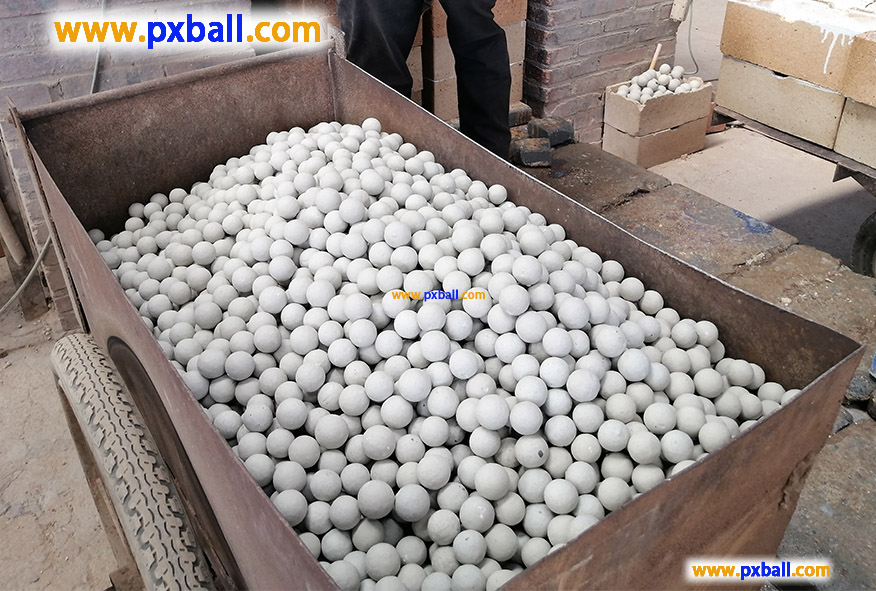
inert alumina ceramic ball density

Why do inert ceramic balls emphasize the level of aluminium content?
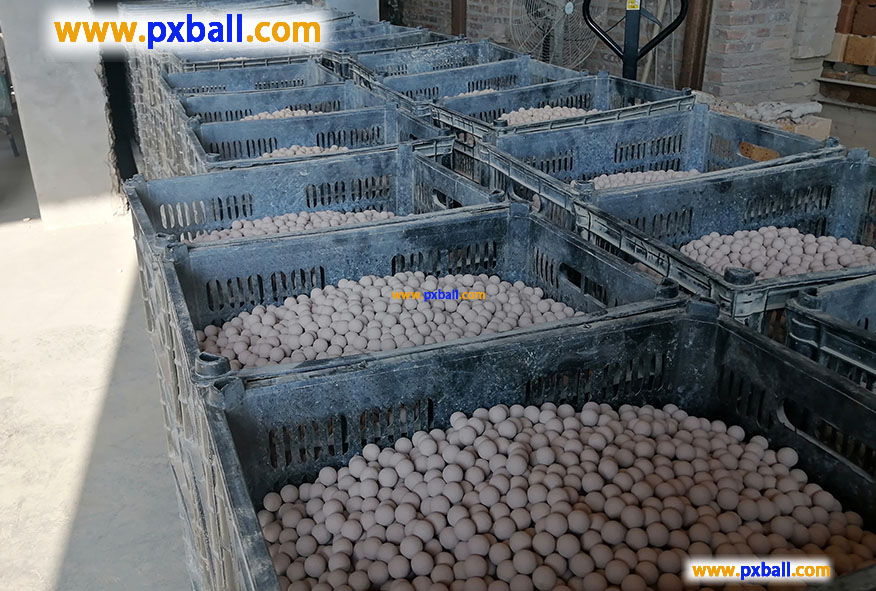
What are alumina ceramic balls used for?
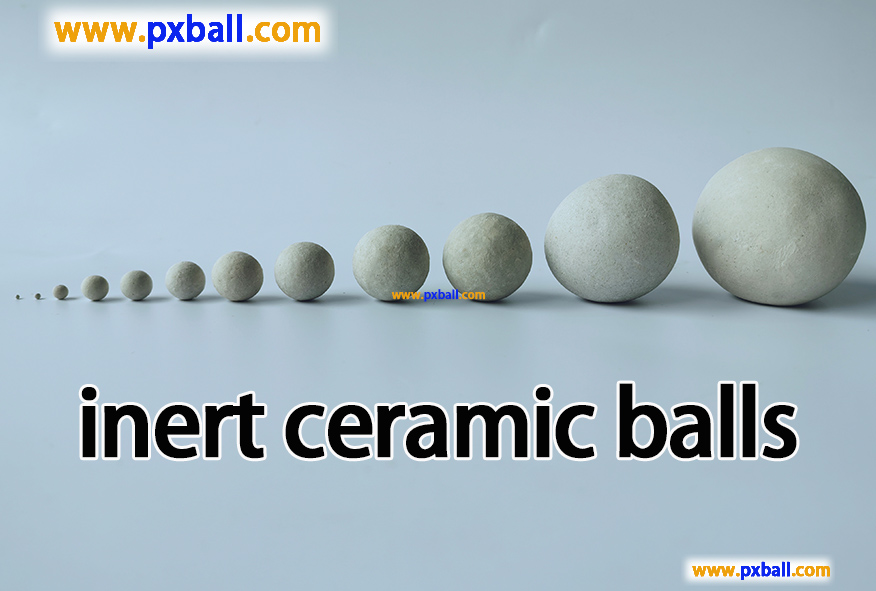
What is inert ceramic ball?